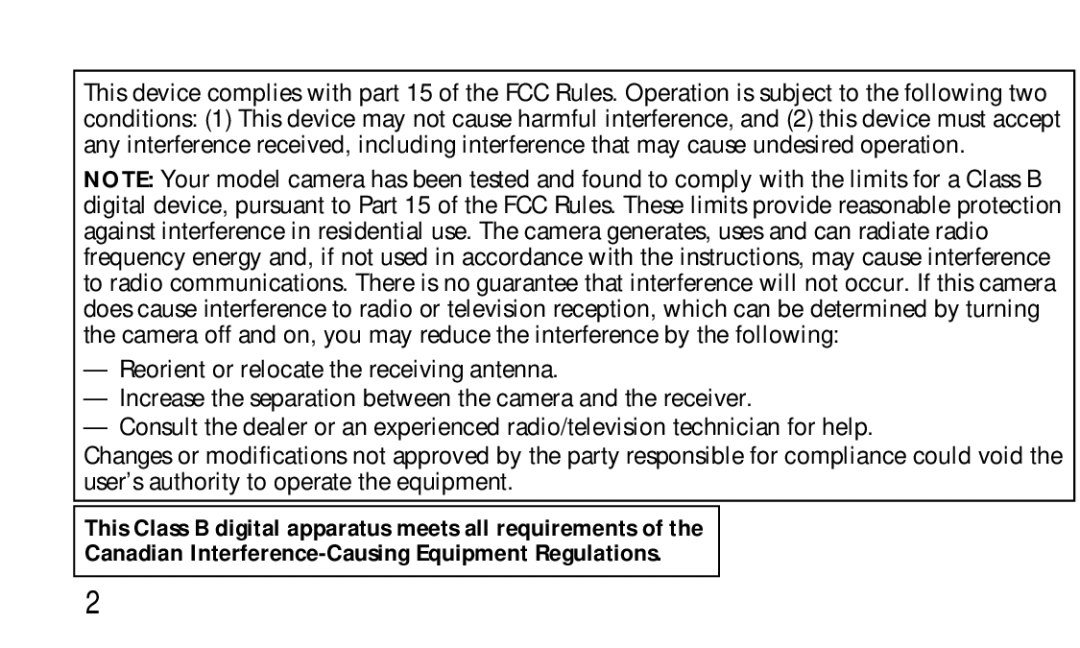KC50/55 specifications
The Kodak KC50 and KC55 cameras are two notable offerings from the renowned Kodak brand, designed to address the needs of both amateur and intermediate photographers. These cameras encapsulate a blend of simplicity and advanced features, making them an attractive option for many users seeking to capture memories in high-quality images.One of the standout features of both the KC50 and KC55 models is their advanced autofocus system. This system ensures that subjects are captured clearly and sharply, even in dynamic environments. Whether you're photographing fast-moving subjects or capturing candid moments, the autofocus technology allows users to focus on composition without worrying about achieving focus manually.
In terms of sensor technology, both models boast impressive image sensors that deliver vibrant colors and fine details. This enhances the overall image quality, making prints look true to life. The KC55, in particular, features a higher megapixel count compared to the KC50, appealing to those looking for more detail in their shots.
Another key characteristic is the user-friendly interface. Both cameras are designed with intuitive controls that allow for easy navigation through menus and settings. This makes them approachable for novice users while still offering the necessary tools and adjustments for more experienced photographers. Built-in presets for various shooting conditions further simplify the process, enabling users to achieve the desired results with minimal effort.
The sturdy build quality of the KC50 and KC55 ensures durability, making them suitable for various shooting scenarios, from casual family gatherings to outdoor adventures. Additionally, these models incorporate a robust optical viewfinder, which provides a clear and accurate view of the scene, allowing users to frame their shots effectively.
Moreover, the cameras support the use of interchangeable lenses, expanding the creative possibilities for photographers. This feature enables users to switch between different focal lengths, whether they need a wide-angle lens for landscapes or a telephoto lens for portraits.
In conclusion, the Kodak KC50 and KC55 are versatile cameras equipped with advanced features and technologies, making them ideal choices for both budding photographers and those seeking to elevate their photography skills. With their autofocus capabilities, user-friendly design, and durable build, these models continue to be a popular choice in the realm of digital photography. Through their combination of quality and functionality, both the KC50 and KC55 embody Kodak's commitment to making photography accessible and enjoyable for everyone.

